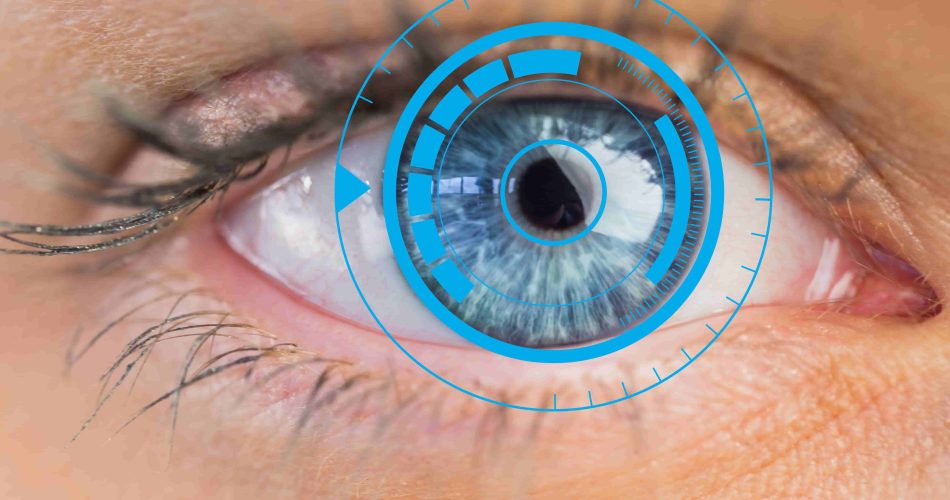Actress Sarah Michelle Gellar, known for her role in “Buffy the Vampire Slayer,” recently discovered that her son Rocky was having trouble focusing on his screen during online learning sessions. Initially, she thought it was due to eye strain, but he was actually diagnosed with myopia. This condition, also known as nearsightedness, is believed to be caused by the excessive amount of time people spend in front of screens for various activities such as work, school, entertainment, socialization, and exercise. Sarah shared her experience, saying, “I really chalked it up to screen fatigue because my kids didn’t have a lot of access to devices (before Covid). All of a sudden they’re thrown into this world where they’re on Zoom for school and the only way they can connect with their friends afterwards is to continue on these devices. It was not something my kids were used to.” According to the World Health Organization (WHO), approximately two billion people were diagnosed with myopia in 2010, accounting for one-quarter of the global population. The prevalence of myopia is expected to increase to 3.3 billion people by 2030.
CAUSES
Myopia, which is the inability to focus on distant objects, is a common problem among both adults and children. Dr. Swapnali Sabhapandit, director and senior surgeon at the Institute of Ophthalmic Sciences, AIG Hospitals, explains that research has shown that increased indoor time, particularly with activities that require near-focused work like using electronic screens, playing video games, or extensive reading, can lead to the onset and progression of myopia in children. The highest risk of developing myopia is between the ages of 5 and 10, and less exposure to outdoor light further increases this risk. Dr. Swapnali emphasizes that since myopia cannot be reversed, eye doctors aim to reduce the chances of the condition worsening. With the COVID-19 pandemic and subsequent lockdowns, the incidence of myopia among children has reached epidemic proportions globally. The lack of outdoor exposure and sunlight due to being confined indoors has had a negative impact on the pediatric population in terms of myopia onset and progression.
TREATMENT
Special contact lenses and glasses can help slow down the progression of myopia. However, it is important to supervise children when using contact lenses to avoid infections and potential vision loss, warns the doctor. Low-dose atropine eye drops have also been found to be effective in preventing myopia from worsening in children aged 5 to 18.
Prevention is better than cure when it comes to myopia. While the condition often has a genetic component, limiting screen time and encouraging children to spend more time outdoors can help prevent its development.
PREVENTION
Myopia can worsen when individuals spend a significant amount of time focusing on objects that are close to them. Dr. Swapnali advises parents to encourage their children to hold objects at least a foot away from their faces and to take breaks from screens every 20 minutes for a few seconds to break the habit. Additionally, it is important for children to have at least an hour of outdoor sunlight exposure each day.

